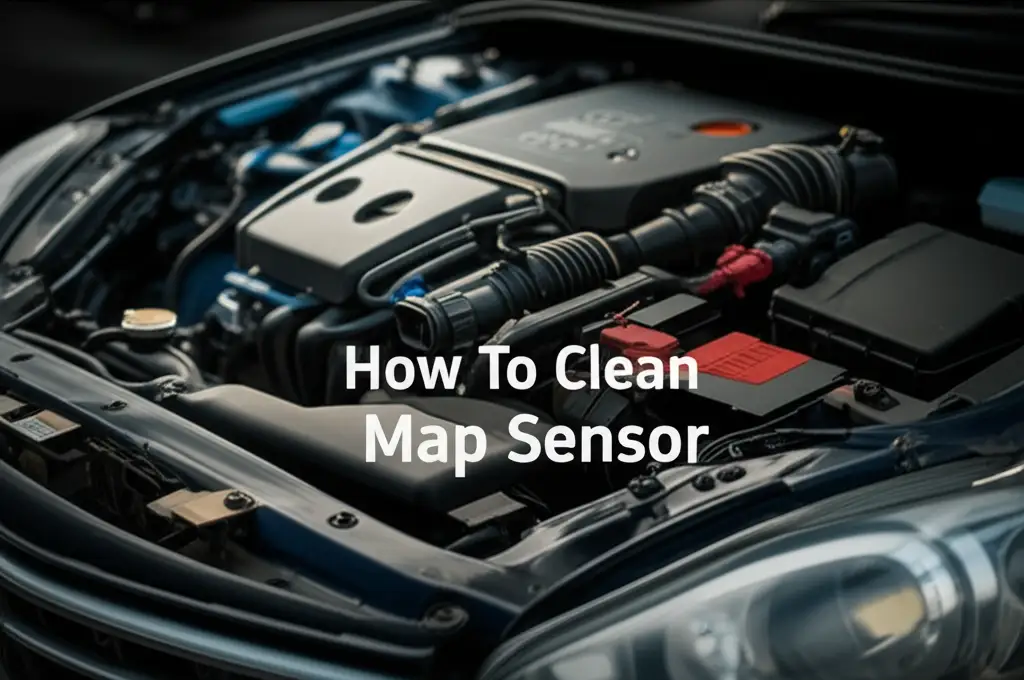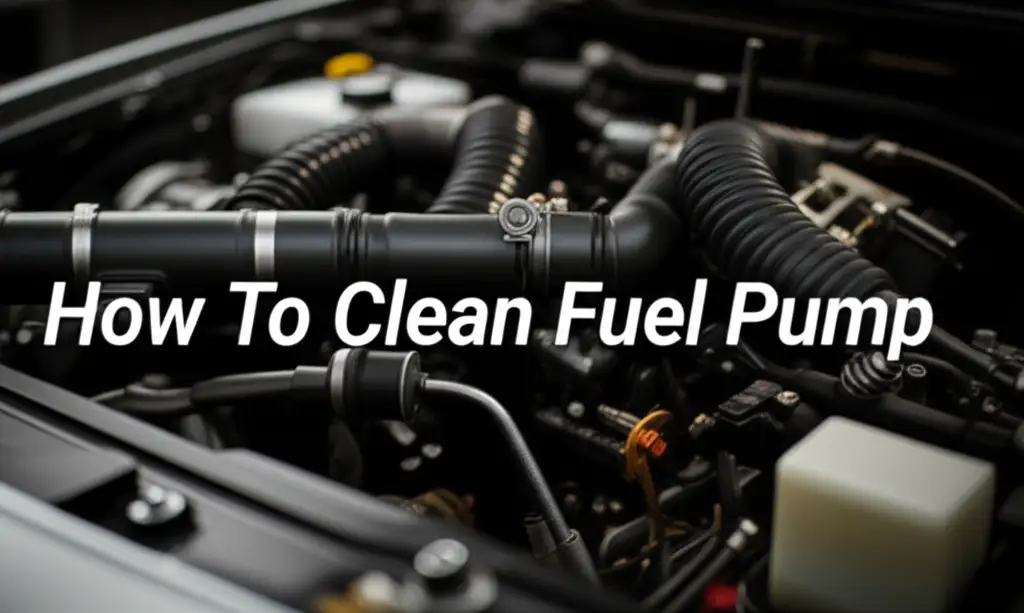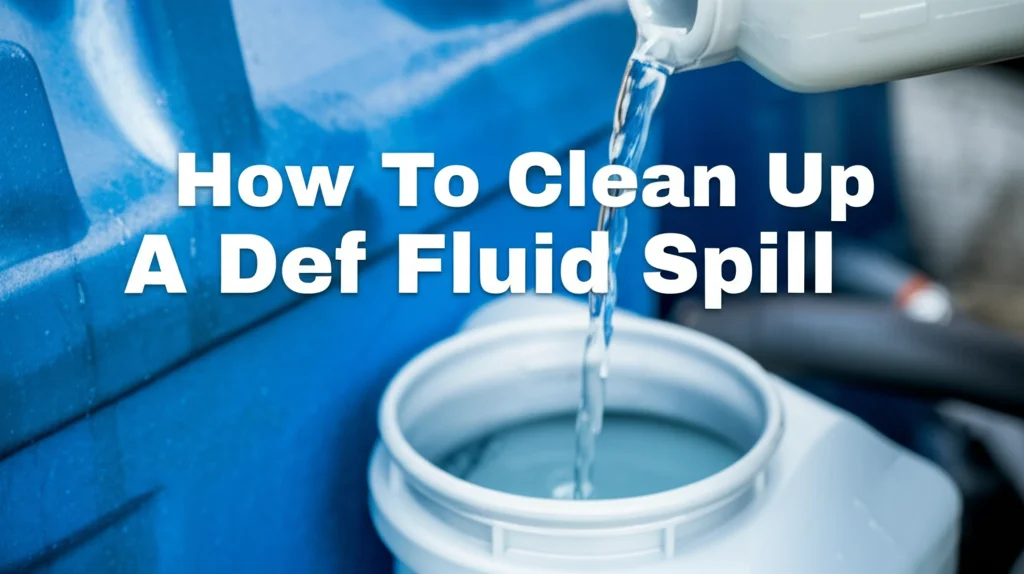· Auto Maintenance · 7 min read
How to Clean Alternator

Keeping Your Power Source Running: How to Clean an Alternator
Is your car battery constantly draining? Or perhaps your headlights seem dimmer than usual? The culprit might be a dirty alternator. An alternator is a vital component of your vehicle’s electrical system, responsible for charging the battery and powering electrical components while the engine is running. Over time, dirt, grime, and corrosion can build up, hindering its performance. This guide will show you how to clean an alternator effectively, ensuring your car stays powered up. We’ll cover everything from safety precautions to the cleaning process itself, helping you maintain a reliable vehicle.
Takeaway:
- Disconnect the battery before starting any work.
- Use appropriate cleaning solutions designed for electrical components.
- Focus on cleaning the exterior and connections, avoiding internal disassembly unless you’re a qualified mechanic.
- Regular cleaning can prevent performance issues and extend the alternator’s lifespan.
Quick Answer: Cleaning an alternator involves disconnecting the battery, carefully removing the unit, and using a specialized electrical contact cleaner to remove dirt and corrosion from its exterior and connections. Avoid getting liquids inside the alternator and ensure everything is completely dry before reinstalling.
Why Cleaning Your Alternator Matters
A clean alternator operates more efficiently. Dirt and corrosion act as insulators, reducing the alternator’s ability to properly charge the battery. This can lead to a variety of issues, including a dead battery, dim lights, and even a stalled engine. Regular cleaning helps maintain optimal electrical conductivity, ensuring your car’s electrical system functions as it should. Think of it like keeping your home’s electrical outlets clean – a buildup of dust can cause sparks and reduce efficiency.
Furthermore, a well-maintained alternator lasts longer. Preventing corrosion protects the internal components from damage, saving you money on costly replacements down the road. If you’re looking for other ways to keep your vehicle in top shape, consider how often you should clean your windows https://www.beacleaner.com/how-often-to-clean-windows.
Safety First: Preparing to Clean Your Alternator
Safety is paramount when working with electrical components. Always disconnect the negative terminal of your car battery before beginning any work on the alternator. This prevents accidental shorts and potential electrical shocks. Wear safety glasses to protect your eyes from debris and cleaning solutions.
Here’s a checklist of essential safety steps:
- Disconnect the Battery: Remove the negative (-) cable from the battery terminal.
- Wear Safety Glasses: Protect your eyes from flying debris.
- Work in a Well-Ventilated Area: Cleaning solutions can release fumes.
- Allow the Engine to Cool: Avoid working on a hot engine.
- Consult Your Vehicle’s Manual: Refer to your car’s manual for specific instructions and warnings.
Tools and Materials You’ll Need
Having the right tools makes the job much easier. You’ll need a few basic items to effectively clean your alternator. These include:
- Socket Set: For removing the alternator mounting bolts.
- Wrench Set: For disconnecting electrical connections.
- Electrical Contact Cleaner: Specifically designed for electrical components. Do not use water or harsh solvents.
- Soft Brushes: For scrubbing away dirt and corrosion. An old toothbrush works well.
- Rags or Paper Towels: For wiping surfaces clean.
- Gloves: To protect your hands from cleaning solutions.
- Multimeter (Optional): To test the alternator’s output after cleaning.
You can find electrical contact cleaner at most auto parts stores. Using the correct cleaner is crucial; avoid anything abrasive or corrosive that could damage the alternator’s delicate components. If you’re also thinking about cleaning other parts of your home, you might want to know how often to clean the pool https://www.beacleaner.com/how-often-to-clean-the-pool.
Step-by-Step: Cleaning Your Alternator
Now, let’s get to the cleaning process. First, locate your alternator – it’s usually mounted on the engine block and connected to the serpentine belt.
- Remove the Alternator: Disconnect the electrical connections and remove the mounting bolts. Carefully remove the alternator from the engine bay.
- Inspect for Damage: Before cleaning, visually inspect the alternator for any cracks, broken wires, or other damage.
- Apply Electrical Contact Cleaner: Spray the electrical contact cleaner onto the alternator’s terminals, connections, and exterior surfaces.
- Scrub Away Dirt and Corrosion: Use a soft brush to gently scrub away any dirt, grime, or corrosion. Pay close attention to the electrical connections.
- Wipe Clean: Use a clean rag or paper towel to wipe away the cleaning solution and loosened debris.
- Allow to Dry Completely: Ensure the alternator is completely dry before reinstalling. This is crucial to prevent electrical shorts.
- Reinstall the Alternator: Reinstall the alternator, reconnect the electrical connections, and tighten the mounting bolts.
- Reconnect the Battery: Reconnect the negative (-) cable to the battery terminal.
Remember, avoid spraying the cleaner directly into the alternator’s internal components. Focus on the exterior surfaces and connections. If you’re looking for a deep clean of your entire house, you might want to check out how much to clean out a house https://www.beacleaner.com/how-much-to-clean-out-a-house.
Dealing with Stubborn Corrosion
Sometimes, corrosion can be particularly stubborn. In these cases, you might need to repeat the cleaning process a few times. You can also try using a specialized corrosion remover, but be sure it’s compatible with electrical components.
Here are a few tips for tackling stubborn corrosion:
- Soak the Corroded Area: Apply a generous amount of electrical contact cleaner and let it soak for a few minutes.
- Use a Brass Brush: A brass brush can help loosen stubborn corrosion without damaging the metal. Avoid using steel brushes, as they can leave behind metal particles.
- Apply Baking Soda Paste: For mild corrosion, you can create a paste of baking soda and water and apply it to the affected area. Let it sit for a few minutes, then scrub and rinse thoroughly.
Testing Your Alternator After Cleaning
After cleaning and reinstalling the alternator, it’s a good idea to test its output to ensure it’s functioning correctly. You can use a multimeter to measure the voltage at the battery terminals while the engine is running. A healthy alternator should produce around 13.5 to 14.5 volts. If the voltage is significantly lower or higher, it could indicate a problem with the alternator or other components of the charging system. If you’re looking for other ways to maintain your home, you might want to know how often to clean grout https://www.beacleaner.com/how-often-to-clean-grout.
Frequently Asked Questions (FAQ)
Q: How often should I clean my alternator? A: It’s recommended to inspect and clean your alternator at least once a year, or more frequently if you live in a dusty or corrosive environment. Regular checks can prevent performance issues and extend its lifespan.
Q: Can I use water to clean my alternator? A: No, never use water to clean your alternator. Water can cause electrical shorts and damage the internal components. Always use a specialized electrical contact cleaner.
Q: What if my alternator is still not charging after cleaning? A: If cleaning doesn’t resolve the issue, there may be an internal problem with the alternator. It’s best to consult a qualified mechanic for diagnosis and repair.
Q: Is it difficult to remove an alternator? A: Removing an alternator can vary in difficulty depending on your vehicle’s make and model. Consult your vehicle’s repair manual for specific instructions.
Q: Can I clean the inside of the alternator? A: Disassembling and cleaning the inside of an alternator is best left to qualified mechanics. It requires specialized tools and knowledge to avoid damaging the delicate internal components.
Conclusion
Cleaning your alternator is a simple yet effective way to maintain your car’s electrical system and prevent costly repairs. By following the steps outlined in this guide, you can ensure your alternator operates efficiently and reliably. Remember to prioritize safety, use the right tools and cleaning solutions, and allow everything to dry completely before reinstalling. A clean alternator means a well-powered vehicle, giving you peace of mind on the road. Don’t forget to regularly inspect and clean other components of your car to keep it running smoothly.
- alternator cleaning
- car maintenance
- auto repair
- electrical system
- vehicle cleaning




